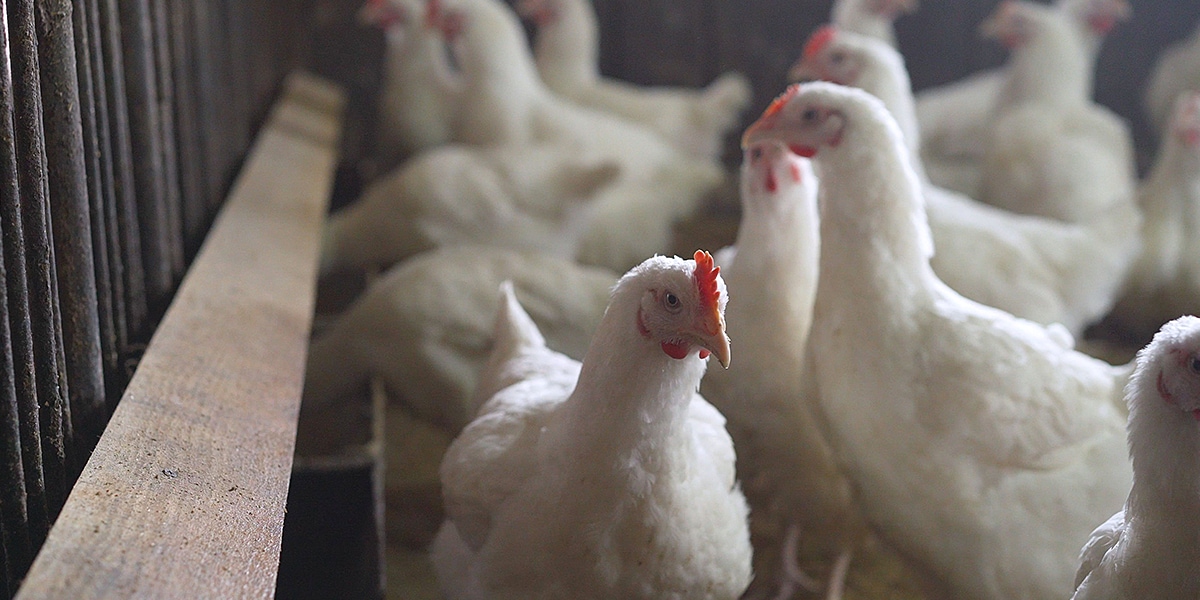
Avian
influenza, commonly known as bird flu, is a disease caused by certain influenza
Type A viruses that primarily infect wild water birds such as ducks. These
viruses can spread among wild aquatic birds worldwide and can infect domestic
poultry and other bird and animal species The disease has the potential to
cause a significant impact on public health, agriculture, and the economy Therefore,
it is crucial to have strategies in place to manage an outbreak. The U.S.
Department of Agriculture Animal and Plant Health Inspection Service (USDA
APHIS) and the U.S. Poultry & Egg Association (USPOULTRY) have collaborated
on an Avian Influenza Midterm Forum to address the need for enhanced
biosecurity measures The ongoing avian influenza pandemic is infecting wild and
domestic birds, and St. Jude scientists are staying ahead of the virus by
collecting annual data Understanding the current avian influenza outbreak and
its impact is essential, and the Ohio State University Extension team has
provided a blog post on the topic
Prevention strategies for the spread of avian influenza include:
1. Biosecurity
measures : Avoid direct
contact with wild birds and observe them from a distance
2. Vaccination
programs : Strategic
vaccination can help increase the resistance of birds and reduce levels of
viral shedding
It is important
to note that these strategies are recommended to prevent and control avian
influenza in poultry. Implementing these measures can help minimize the risk of
infection and protect the health of both birds and humans
Early detection
and response are crucial in managing avian influenza outbreaks. Here are some
key points regarding surveillance systems and rapid response plans:
Surveillance Systems:
- Efforts should focus on areas with high aggregations of waterfowl intersecting with historically high prevalence of avian influenza viruses, as well as areas with large concentrations of poultry
- Surveillance networks should be placed along known waterfowl movement corridors
- The United States has a strong avian influenza surveillance program, collecting and testing large numbers of samples from wild birds in the North American flyways
- Early detection and reporting of disease outbreaks is the first line of defense against avian influenza
- Accurate warning systems are essential for efficient prevention and control of the disease
Rapid Response Plans:
- Rapid response plans are necessary to contain and control avian influenza outbreaks
- Timely reporting of cases is key to enable countries to anticipate and prepare for potential new outbreaks
- Response plans should include measures to limit the exposure of farmed birds to wild birds, as direct exposure is a likely transmission route of the virus
- Biosecurity practices should be reviewed and maintained to protect poultry and pet birds from avian influenza
- Antiviral treatment works best when started as soon as symptoms begin, so prompt response is important
Overall, early detection through surveillance systems and rapid response plans are essential in preventing and controlling avian influenza outbreaks.
Effective communication and collaboration are crucial in various contexts, including government agencies, industry stakeholders, and the public. Here are some key points to consider:
Importance of communication between government agencies, industry stakeholders, and the public:
- Poor communication and lack of collaboration between departments can lead to inefficiencies and liability
- Effective internal communication is critical, especially across departments, to avoid information silos
- Collaboration requires subject matter experts and stakeholders from different departments to work together
Collaboration between countries to prevent the spread of avian influenza:
- Achieving important national outcomes, such as food safety and pandemic response, requires coordinated efforts between the federal government, state and local governments, nonprofits, and the private sector
- Collaborative efforts can be enhanced by defining common outcomes, establishing joint strategies, leveraging resources, and agreeing on roles and responsibilities
Collaboration in corporate and government offices:
- Collaboration is a vital part of communication and can lead to problem-solving, better relationships, and goal achievement
- Implementing collaboration tools and software, such as Slack, Microsoft Teams, and Google Docs, can improve productivity and foster a culture of collaboration
Skills needed for collaboration in government:
- Collaborating across government silos can be challenging, but honing specific skills can help overcome this challenge
- Some essential skills for collaboration in government include active listening, empathy, negotiation, conflict resolution, and adaptability
Improving government performance using collaboration technology:
- Collaborative technology allows government agencies to complete projects faster, improve communication, and foster a culture of mutual respect
- By utilizing collaborative technology, agencies can optimize performance, drive results, and benefit the citizens they serve
Bolstering collaboration between federal, state, and local government:
- Emphasizing the importance of collaboration and creating effective communication channels are key to fostering collaboration between different levels of government
- Building relationships, sharing information, and aligning goals can strengthen collaboration and improve overall governance
Conclusion:




EmoticonEmoticon